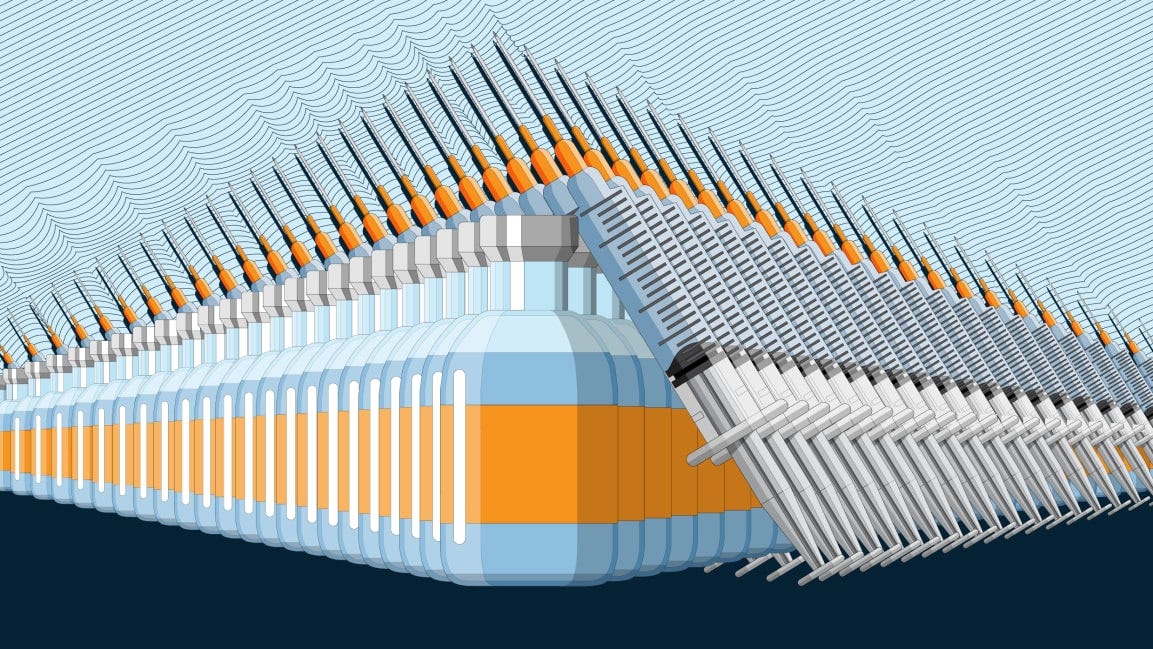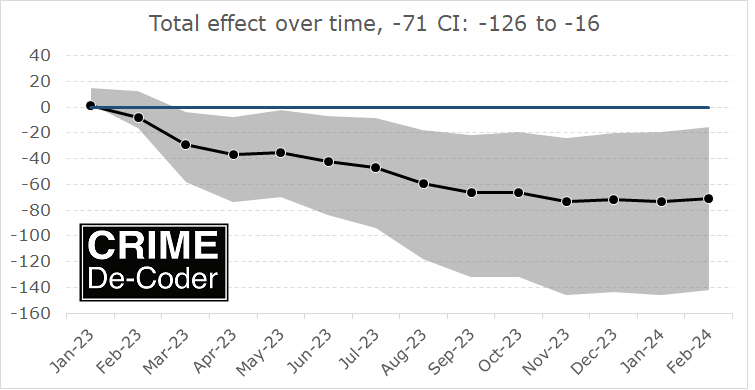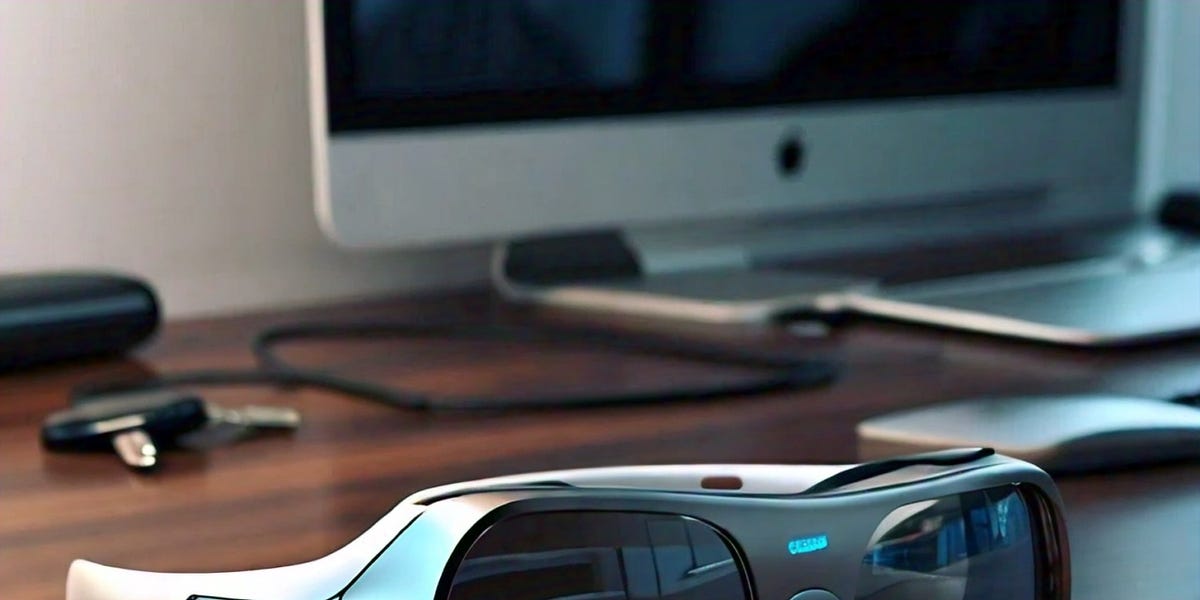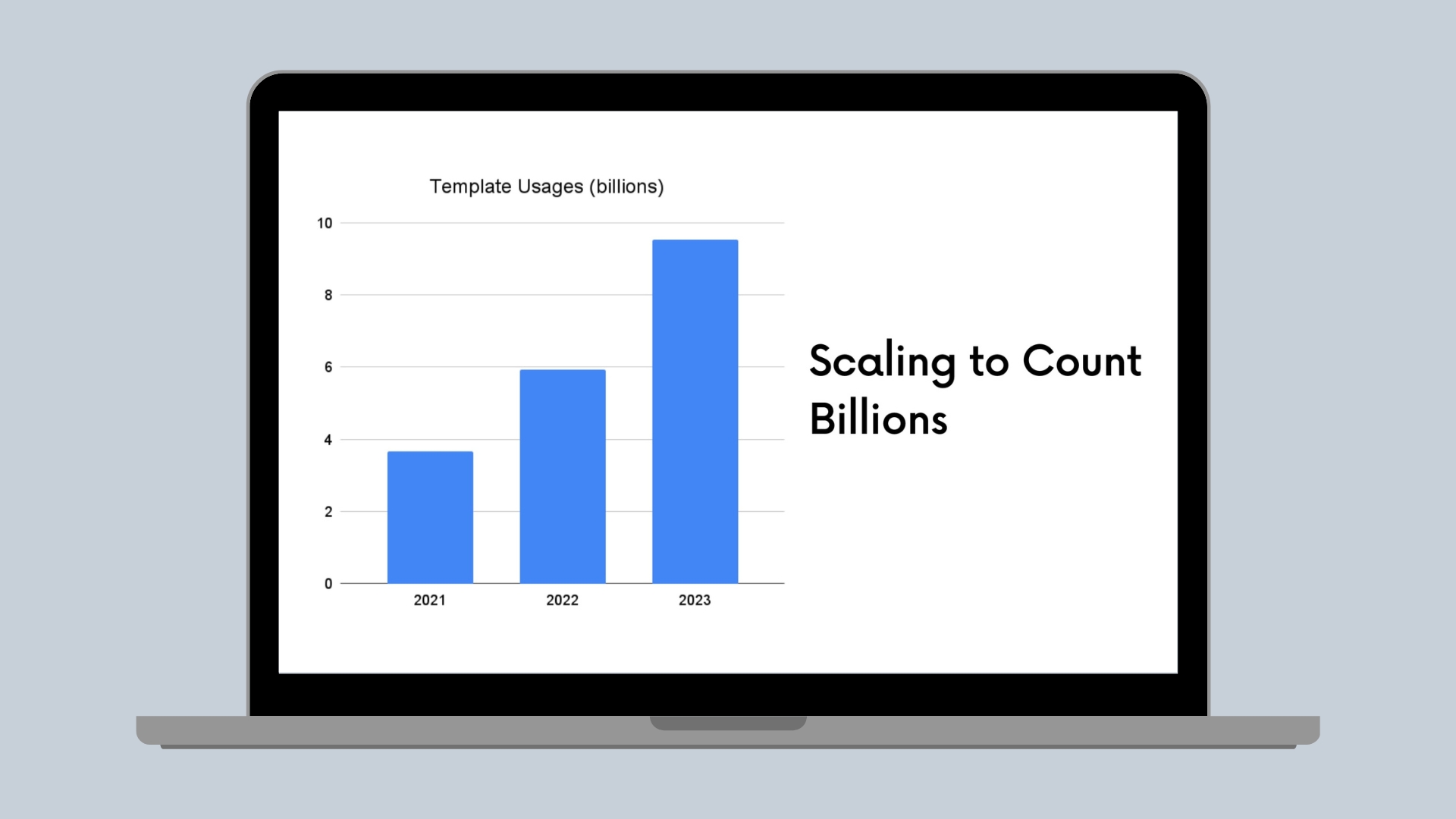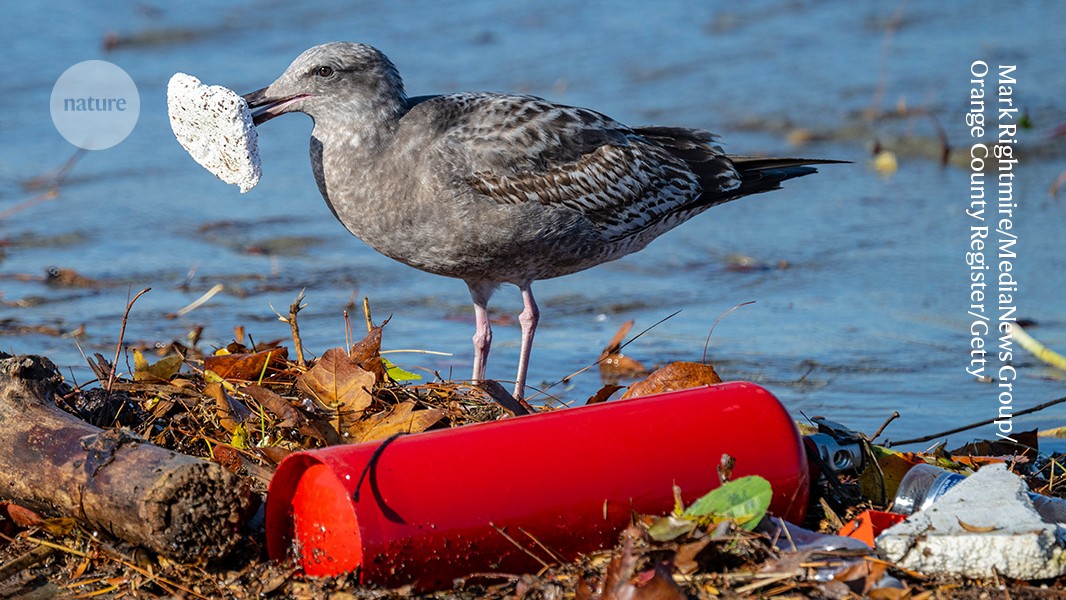
It’s official: China has eliminated malaria
A lab worker holds up blood smears that will be examined for malaria parasites under a microscope at the Yunnan Institute for Parasitic Diseases in April 2019.
The World Health Organization (WHO) today is certifying China as free of malaria, after a decadeslong effort drove an estimated annual toll of 30 million cases in the 1940s, including 300,000 deaths, to zero in 2017. Along the way, China developed new surveillance techniques, medicines, and technologies to break the cycle of transmission between the Anopheles mosquitoes that spread malaria parasites and humans.
Antimalaria efforts started in the 1950s with programs to distribute antimalarial medicines to people at risk, reduce mosquito breeding grounds, and spray insecticides. China launched a program to identify new malaria drugs in the late 1960s. As part of that effort, pharmaceutical chemist Tu Youyou screened traditional Chinese medicine concoctions for compounds active against malaria, eventually isolating artemisinin from sweet wormwood (Artemisia annua). Artemisinin became the key compound in the front-line drugs now used against malaria and won Tu a Nobel Prize in Physiology or Medicine in 2015. China was also among the countries pioneering the use of insecticide-treated nets in the 1980s.
Annual case numbers dropped over the years, reaching roughly 5000 annually in the late 1990s. In 2012, the country initiated a push to eliminate malaria with a “1-3-7” strategy, allowing local health facilities 1 day to report a malaria diagnosis, 3 days to investigate the case, and 7 days to implement countermeasures. In recent years, Chinese scientists have developed genetics-based approaches to track drug resistance and to distinguish indigenous cases from imported ones.




